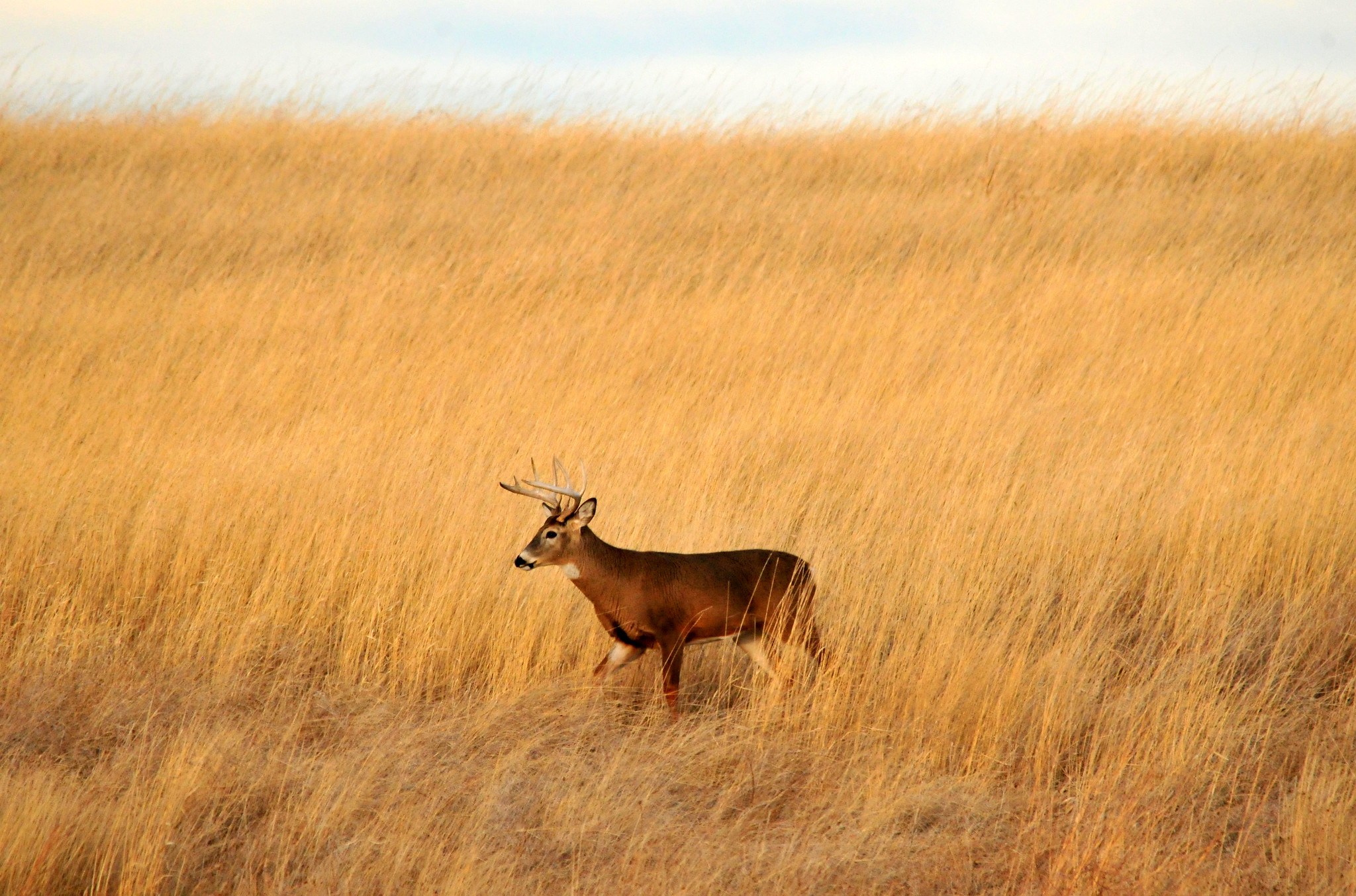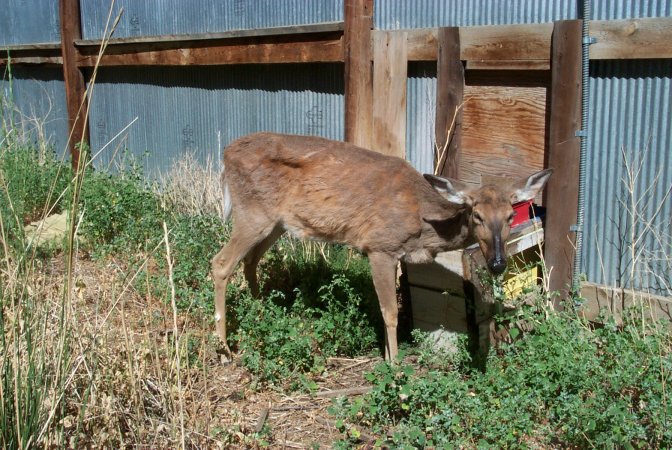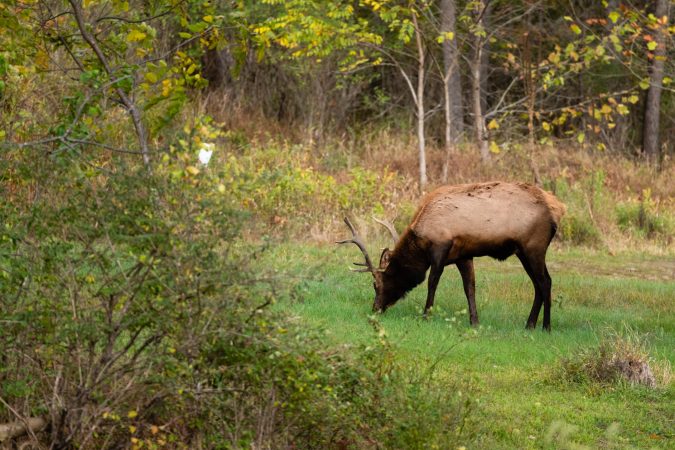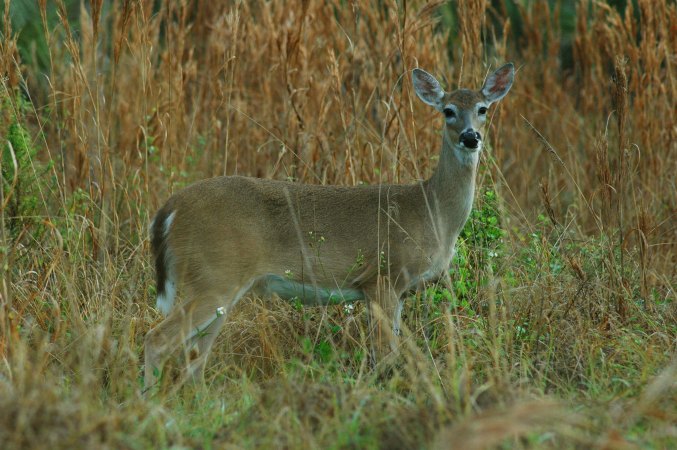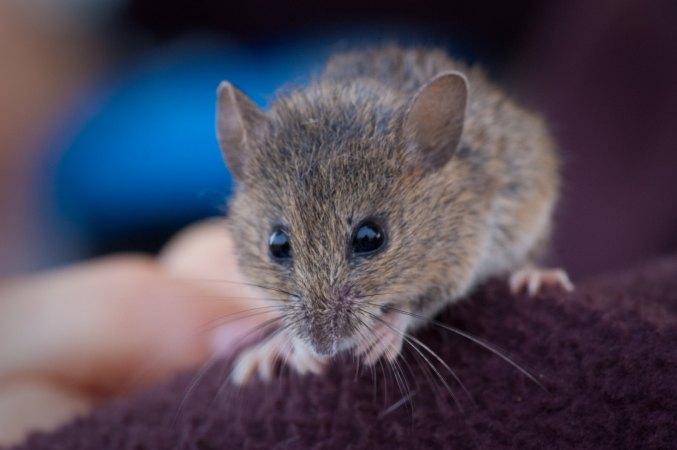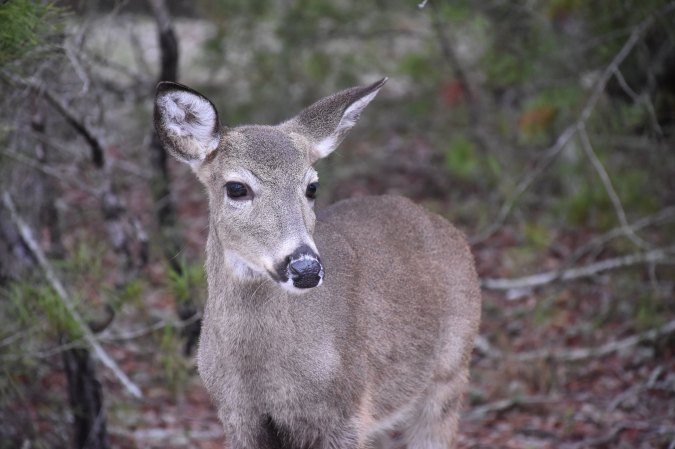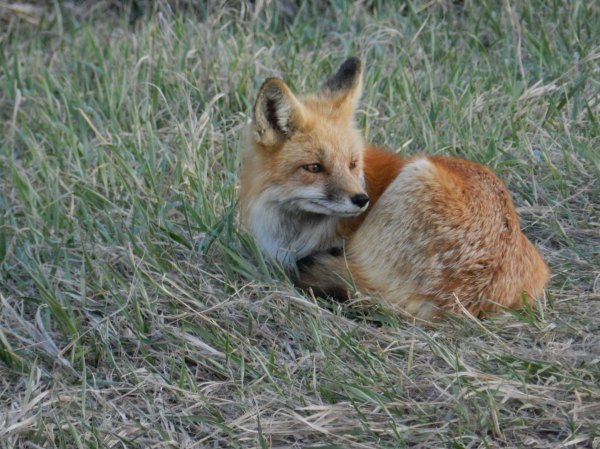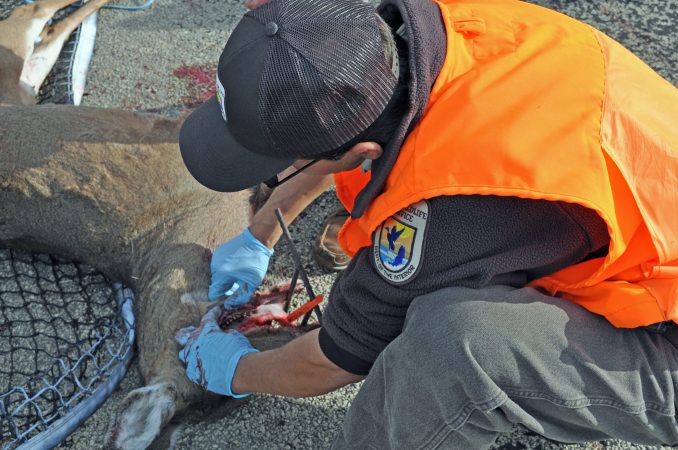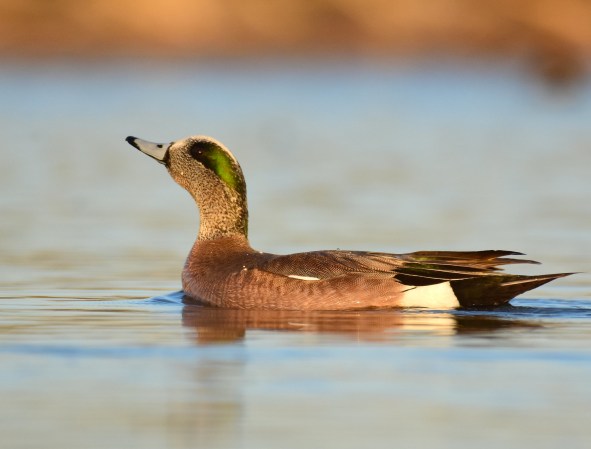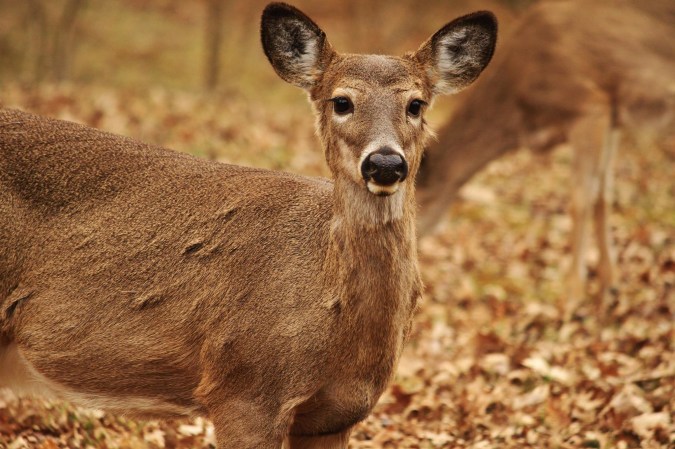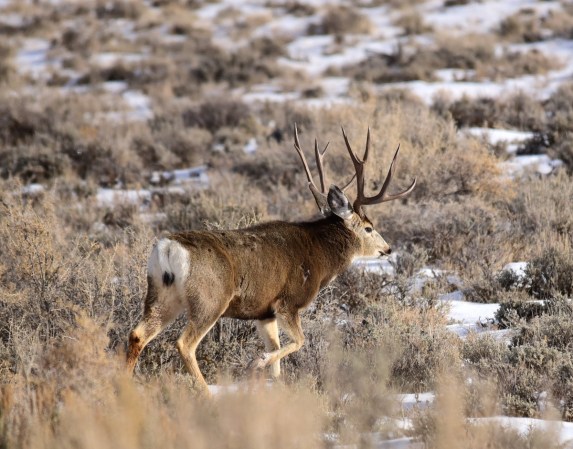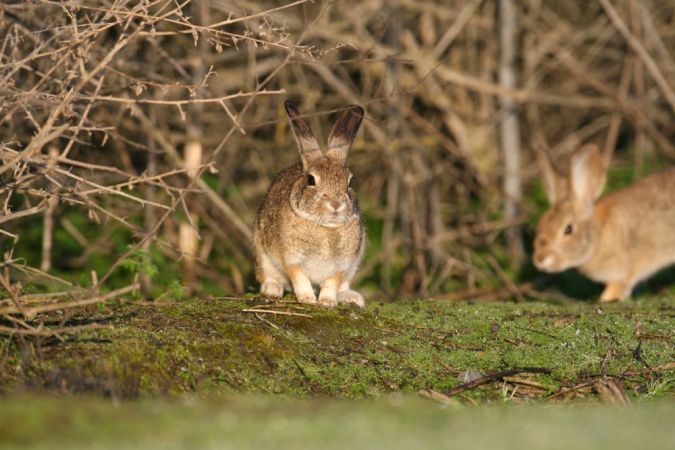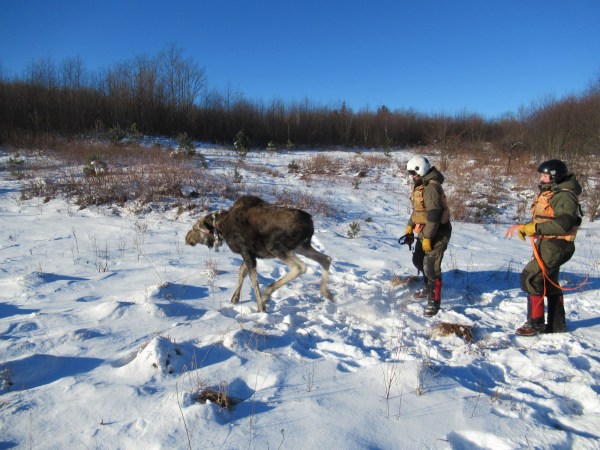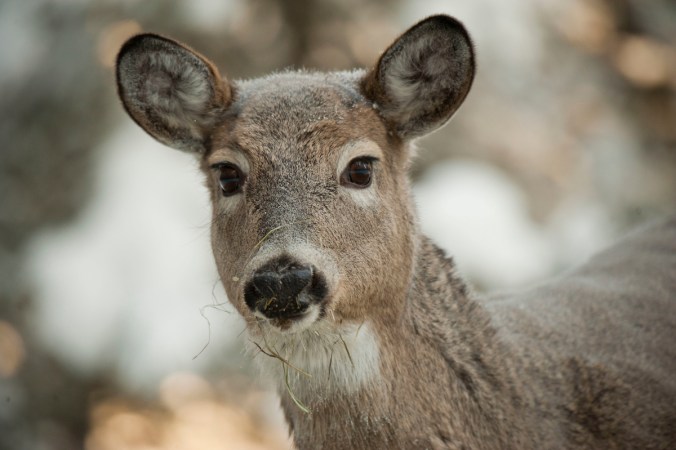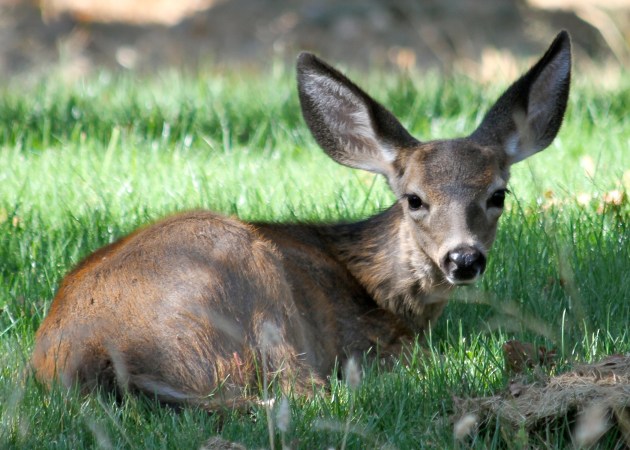On March 6, the Manitoba Department of Natural Resources and Northern Development announced the discovery of the province’s first and second cases of chronic wasting disease (CWD) in whitetail deer. These two cases join 18 other mule deer cases to comprise the province’s 20 total recorded cases. So far, only one of those deer, a mule deer, has been female.
The disease first crossed into Manitoba mule deer populations in November 2021, when officials euthanized a visibly ill mule deer buck that was found in the western part of the province. Once the deer tested positive for CWD, officials shut down all deer, moose, elk, and caribou hunting in the area to prevent transmission from transported carcasses. They reopened the area to local deer hunting from Nov. 25 to Dec. 12, and required testing of all hunter-harvested carcasses. At that time, CWD had been discovered in Alberta and Saskatchewan, along with 24 states.
The day after the controlled hunt ended, agency officials conducted an aerial population thinning on crown land and private lands that allowed access for the depopulation project. It lasted four days and stayed within a 10-kilometer radius of the initial CWD discovery. Of the 503 deer (495 whitetails and 8 mule deer) culled, 426 were in testable condition for CWD. None tested positive. An estimated 67 percent, or around 7,000 pounds, of that meat was salvaged and made available for Indigenous communities and local landowners upon request.
Read Next: Here’s What Top Chronic Wasting Disease Researchers Can’t Say on the Record
The DNRND cites hunter participation in the CWD testing program for the recent uptick in sample submissions. In fact, the agency now has a backlog of samples and it’s taking them longer than usual to get the test results back to hunters.
“The province thanks hunters for participating in efforts to manage CWD. Submissions have exceeded the capacity to test samples at accredited Canadian labs and are leading to higher-than-expected wait times,” the press release reads. “The province continues to receive and post test results, but estimates the wait time is currently 16 to 20 weeks from the time of submission.”
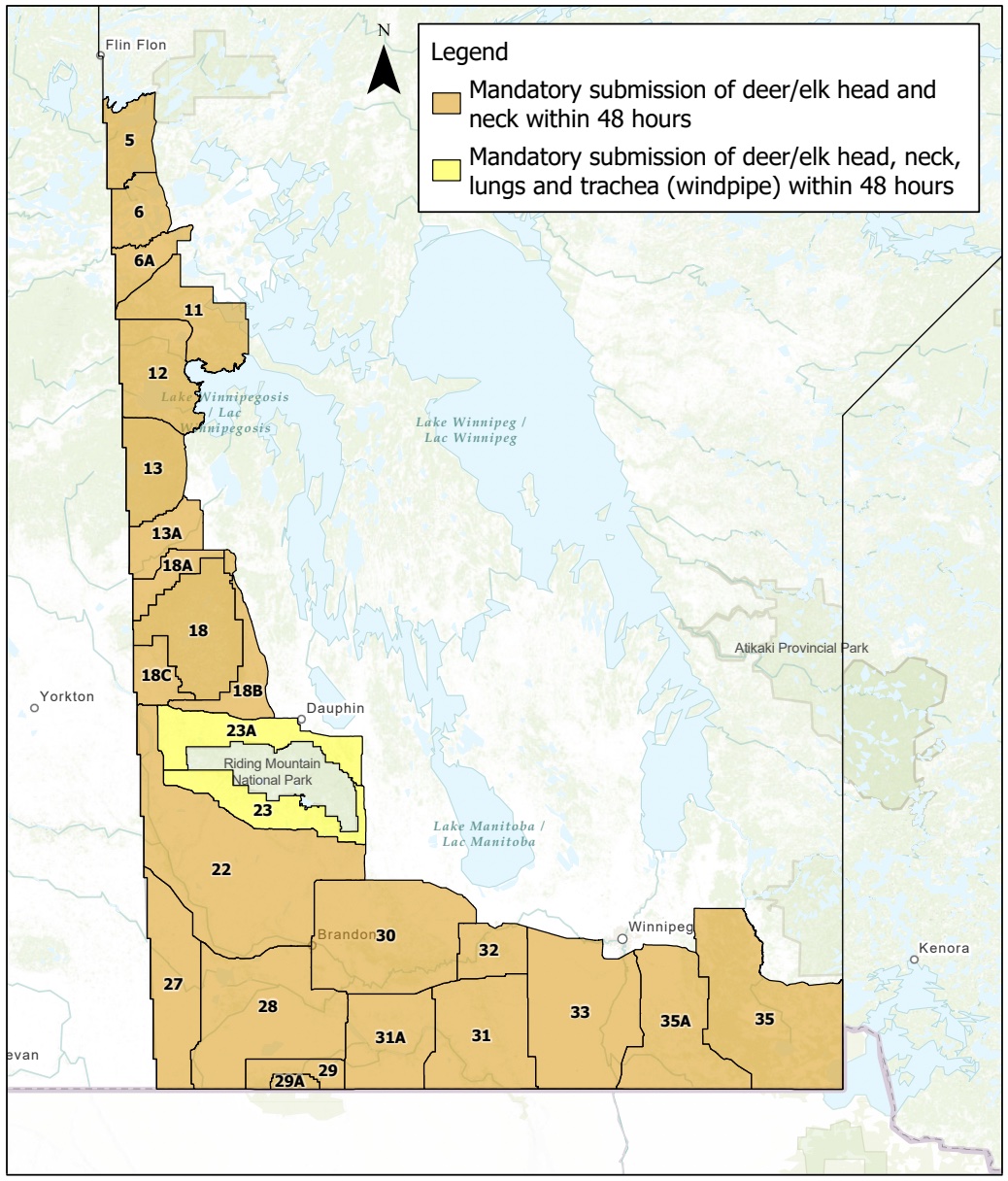
During the 2022-2023 season, the Manitoba government established an additional winter mule deer hunt from Dec. 19 to Feb. 5. Resident hunters were allowed to use any leftover mule deer tags from the fall season, as they are allowed to purchase three mule deer tags a year. Officials have also established a mandatory sample submission area in the province.
Similar to the CDC guidelines in the United States, Canadian authorities don’t recommend consuming meat from CWD-positive animals.

